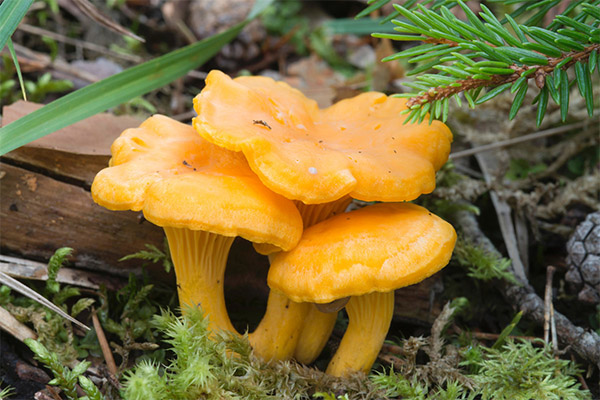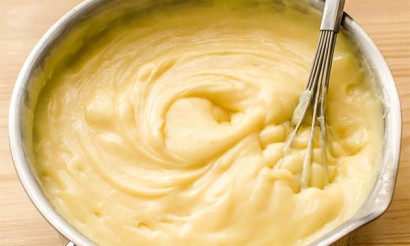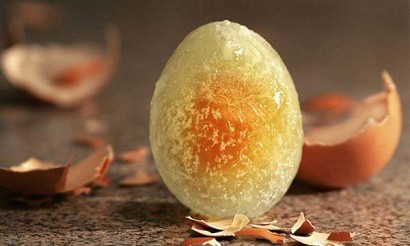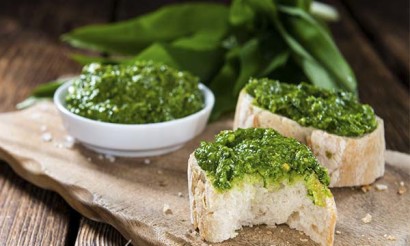25 interesting facts about chanterelles
The wellrecognisable, golden caps of chanterelles inspire a great deal of enthusiasm among mushroom hunters. This is not surprising given the unique properties of this species of mushroom. They are considered a delicacy, and this opinion has held since the days of ancient Rome. It contains a lot of copper, carotene, vitamins A, C, D, 8 essential amino acids. Their habitat includes the European part, the Himalayas and Africa. The largest chanterelles are found in California. The mushrooms are harvested from late summer until the first frosts. They belong to the laminae, prized by culinary experts in many countries for their unique and bright flavor. Despite the fact that the mushrooms are well known since ancient times, under the orange-gold caps there are many secrets known only to connoisseurs.

- The cap and stalk form a single whole.
- The pulp has a sour taste and a smell reminiscent of dried fruit.
- At the break the flesh becomes reddish when exposed to oxygen.
- The picking season is double, the first wave in June, the second from August until October.
- Of similar species, the chanterelle faceted and velvet chanterelle are known.
- Chanterelles contain a whole vitamin complex, including vitamin D in an easily digestible form.
- They are called the "queens of the forest."
- There are no pests in the mushroom bodies, they are not wormy at any stage of growth.
- The substance quinomannose in the composition of the caps and stalks acts as a powerful anthelmintic. It breaks down when exposed to salt and at temperatures above 50 degrees.
- In seventeenth-century France, these fruits of the forest were on the menu of aristocrats.
- Inhabitants of Scandinavian countries attributed orange chanterelles the ability to increase sexual desire and were necessarily included in the list of dishes prepared for the groom before the wedding.
- In Latvia chanterelles are an export commodity, their volume in 2013 amounted to 72,286 kg.
- The mushrooms belong to the laminae, but unlike mushrooms or chanterelles, they cannot be frozen. They develop bitterness, which can only be removed by boiling in milk.
- The largest specimens weigh 0.5 kg and are found in California.
- Their flavor does not depend on their size.
- The optimal storage options in the case of chanterelles are dried and canned mushrooms.
- They can be eaten raw for medicinal purposes. They have no toxins of their own and if collected in an environmentally friendly place, they are absolutely safe.
- Ergosterol in mushrooms can restore liver cells.
- Meals with chanterelles are very nourishing and can be compared to meat in nutritional value.
- In folk medicine, mushroom tincture is used as an antitumor and immune-stimulating agent.
- In China, based on powder, extracts and extracts from chanterelles are made preparations for improving visual acuity and fighting eye diseases.
- The mushrooms grow equally readily in coniferous, deciduous and mixed forests, arranged in families in the form of "witch rings".
- The most delicious are considered to be fried and marinated chanterelles.
- The caloric value of 100 grams of fresh product is only 19 kcal.
- The mushrooms contain a substance that blocks the multiplication of tubercle bacillus.
When independently collecting the gifts of the forest, it is worth considering that most edible species have poisonous semblances, so you need to approach the process responsibly, and better to go to the woods in the company of an experienced mushroom hunter. In the forest harvest season, there is enough for everyone.
«Important: All information on this site is provided for informational purposes only. for informational purposes only. Please consult with a health care professional before using any of the recommendations. specialist. Neither the editors nor the authors shall be liable for any possible harm caused by materials."















